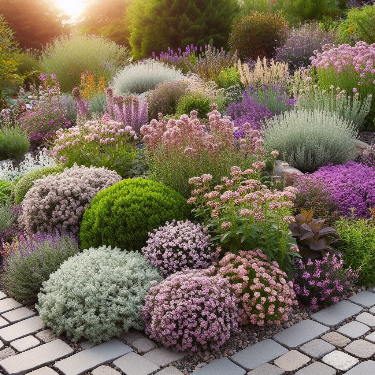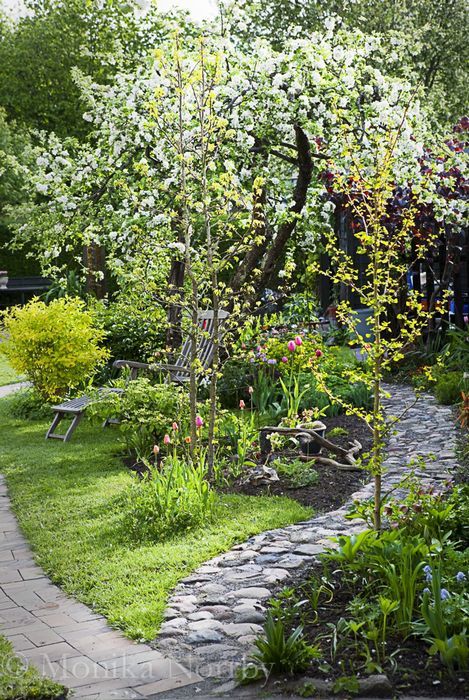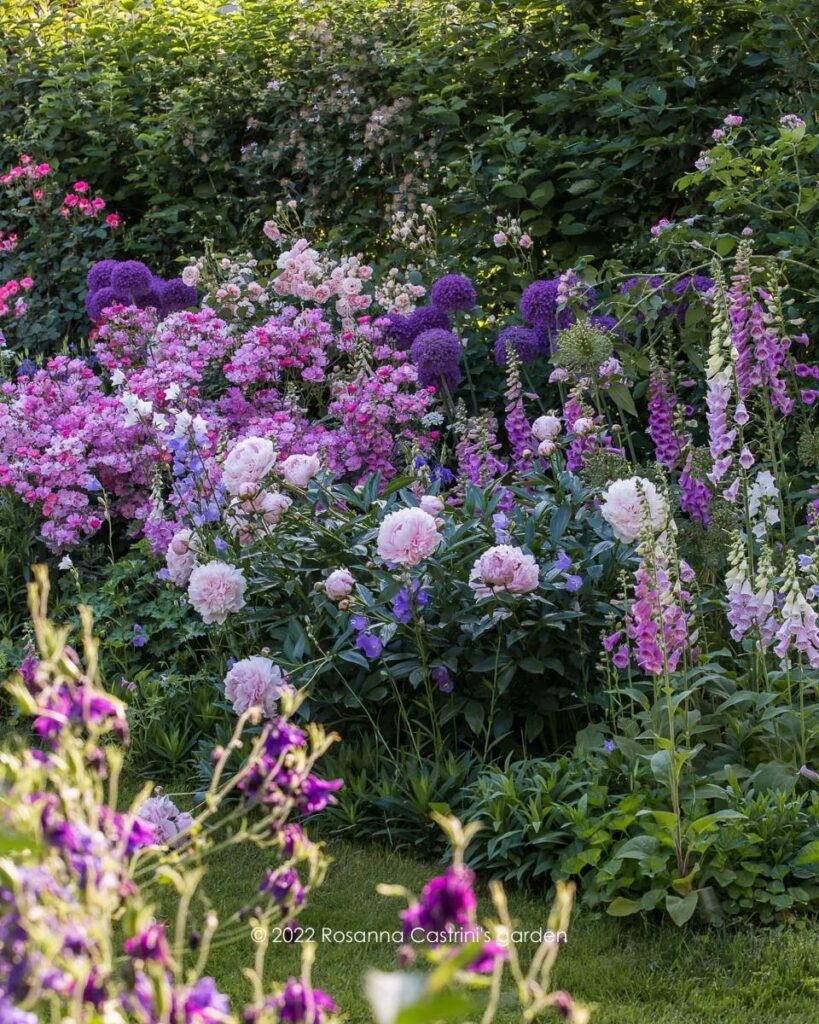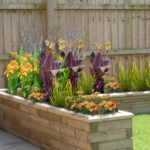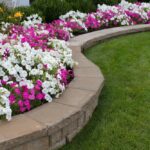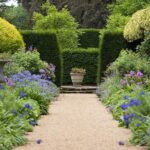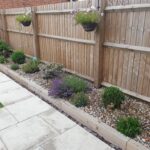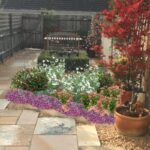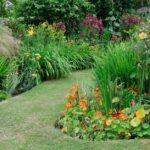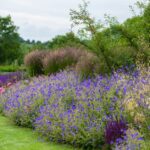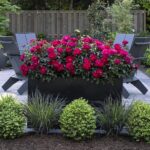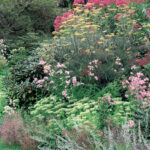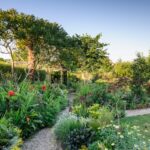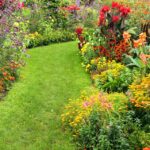When it comes to garden design, borders play a crucial role in creating structure and defining different areas within a garden. Borders can help to separate different types of plants, provide a sense of order and symmetry, and add visual interest to the overall design. There are numerous ways to design borders in a garden, from using traditional hedges and fences to more modern and creative options like ornamental grasses and flowering perennials.
One popular choice for garden borders is using a combination of shrubs and flowers. This creates a layered effect, with taller shrubs at the back and shorter flowers in front. This arrangement not only adds depth and dimension to the garden, but also ensures that there is a continuous display of color and texture throughout the growing season. Shrubs like boxwood, hydrangeas, and yews are commonly used in this type of border design, along with perennials like daylilies, coneflowers, and black-eyed susans.
For a more contemporary look, consider using ornamental grasses as border plants. Grasses like fountain grass, miscanthus, and pennisetum add movement and texture to the garden, while also providing a soft, naturalistic feel. Ornamental grasses can be grouped together in mass plantings or mixed in with other plants to create a more dynamic border design. They are also low-maintenance and drought-tolerant, making them a practical choice for busy gardeners.
Another option for garden borders is using natural elements like rocks, stones, or wood. By incorporating these materials into the design, you can create a more rustic and informal look that complements the surrounding landscape. Rocks and stones can be arranged in a variety of ways, from simple stacked borders to more intricate patterns. Wood borders, such as railroad ties or cedar planks, can also add a touch of warmth and charm to the garden.
If you have a smaller garden or want to create defined pathways within a larger space, consider using edging materials like metal, plastic, or brick. These materials can be easily installed and provide a neat, clean border for flower beds, vegetable gardens, or walkways. Metal edging is durable and long-lasting, while plastic and brick edging can be more flexible and customizable. Edging materials come in a variety of colors and styles, allowing you to match them to the overall aesthetic of your garden.
No matter what type of border design you choose for your garden, it’s important to consider the overall layout and maintenance of the space. Borders should be proportionate to the size of the garden and complement the surrounding features like trees, shrubs, and structures. Regular maintenance, such as pruning, weeding, and edging, will help to keep your borders looking their best throughout the year. With careful planning and attention to detail, you can create beautiful and functional garden borders that enhance the overall design of your outdoor space.
